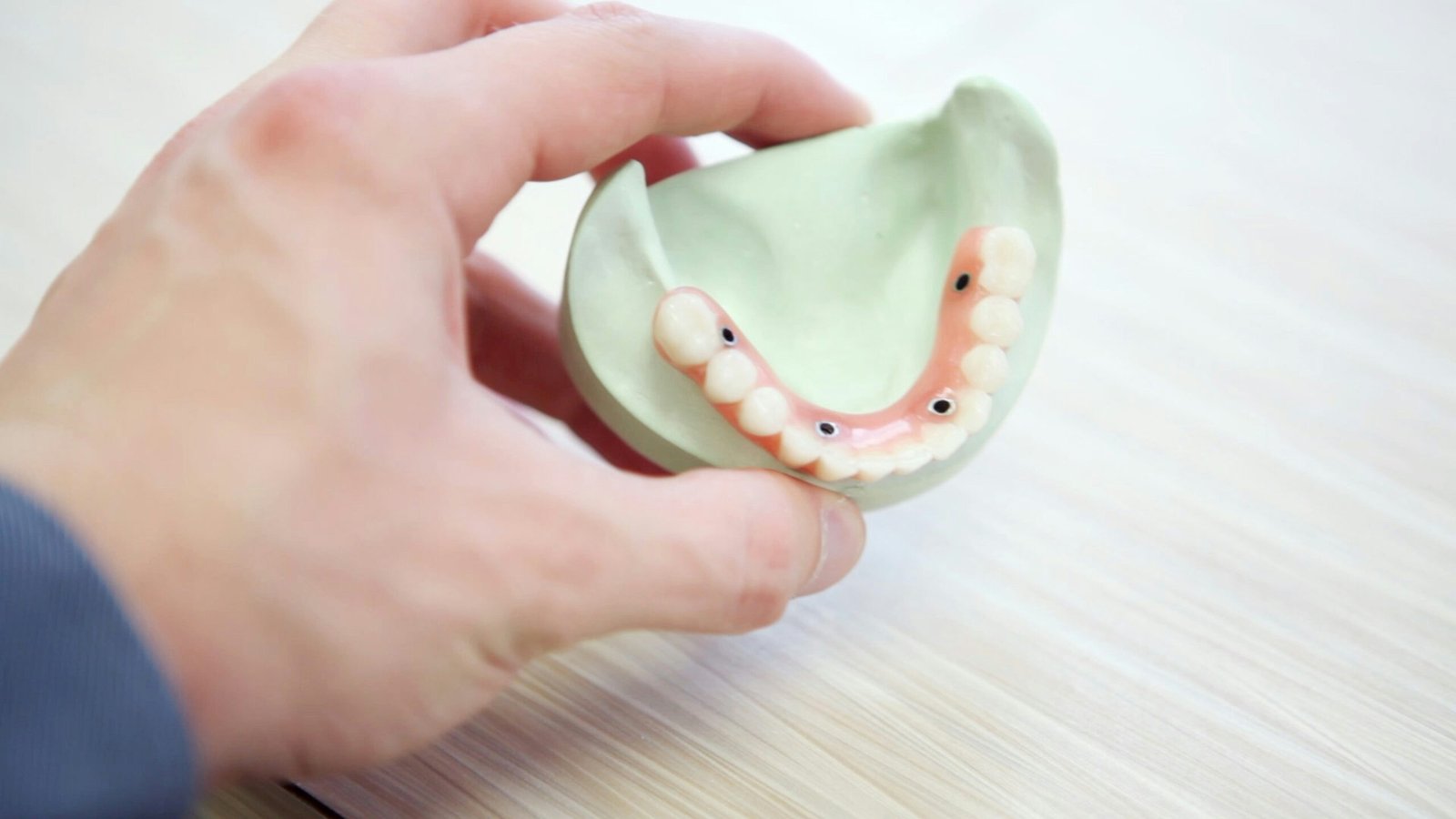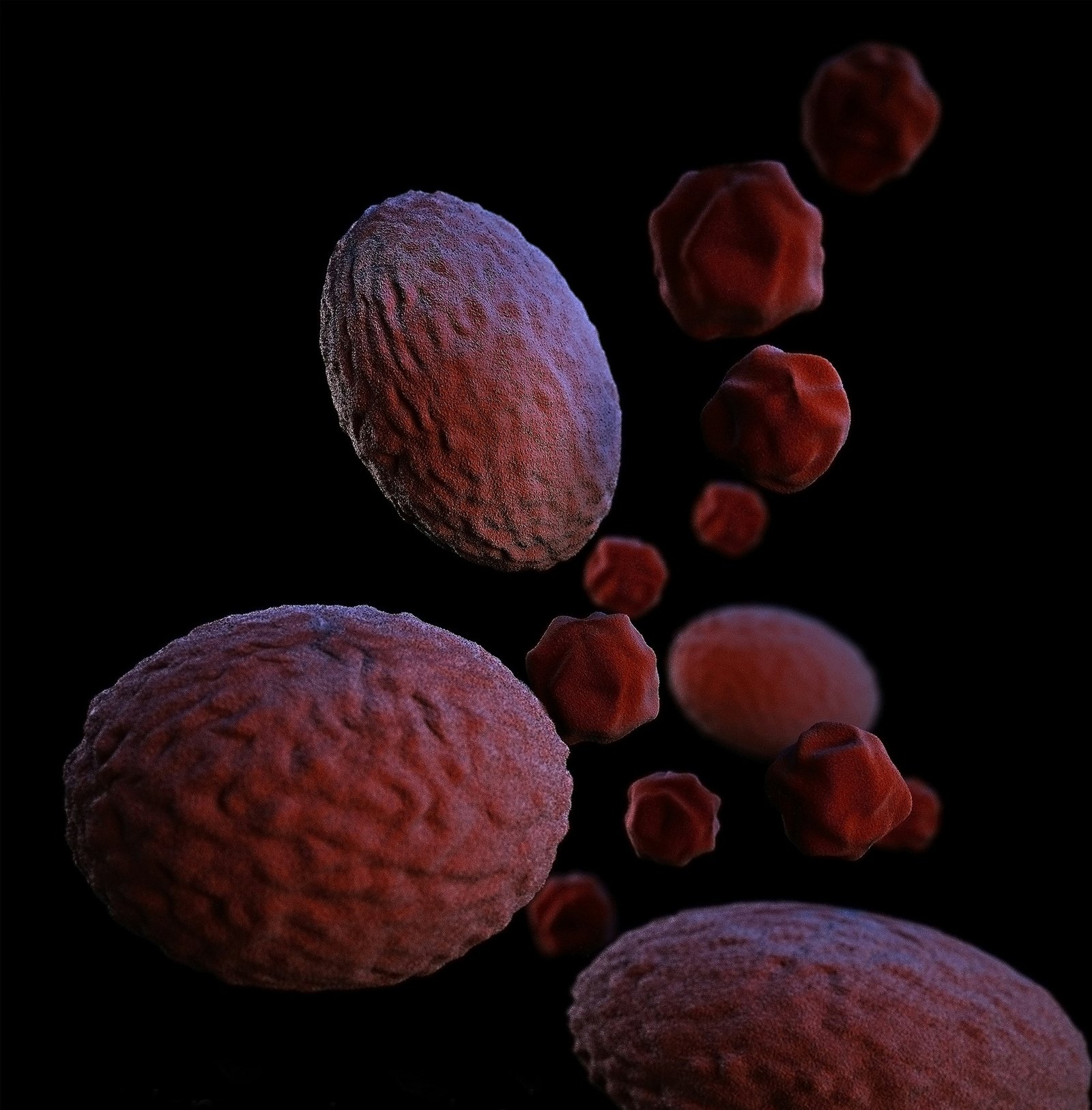Maryland Bridges: A Comprehensive Resource
Introduction to Maryland Bridges
Maryland bridges represent a pivotal development in the field of restorative dentistry, designed specifically to replace missing teeth while preserving the integrity of surrounding dental structures. Unlike traditional dental bridges, which require the alteration of adjacent teeth, Maryland bridges provide a conservative approach to tooth replacement. This technique primarily involves the use of a framework made from metal or porcelain that is bonded to the back of the neighboring teeth, minimizing the need for invasive procedures and retaining more of the patient’s natural tooth structure.
The primary purpose of a Maryland bridge is both functional and aesthetic. By restoring a missing tooth, these bridges help improve chewing ability and maintain the alignment of remaining teeth, preventing shifts that could lead to further dental issues. Additionally, the aesthetic quality of Maryland bridges cannot be overstated; they are designed to blend seamlessly with existing teeth, offering a natural appearance that enhances the overall smile.
Materials play a crucial role in the effectiveness of Maryland bridges. Common options include porcelain, which closely mimics the look of natural teeth, and metal, known for its strength and durability. The choice of materials is essential, as they must withstand daily wear while providing a pleasing aesthetic. Maryland bridges are renowned for their minimal invasiveness, causing less discomfort and requiring a shorter recovery time than traditional dental bridges. Moreover, they can be implemented in various clinical situations, demonstrating versatility in restorative procedures.
In summary, the significance of Maryland bridges in dentistry extends beyond mere aesthetics; they serve as a reliable and minimally invasive solution for restoring both functionality and beauty to the smile. Their design, materials, and application underscore their importance in comprehensive restorative dental care.
The Procedure for Getting a Maryland Bridge
Obtaining a Maryland bridge involves several critical steps, each designed to ensure that the prosthetic device fits well and restores both function and aesthetics. The process begins with an initial consultation with a qualified dentist, who will assess your specific dental needs. During this appointment, the dentist will take the time to gather pertinent information about your dental health and discuss the advantages of a Maryland bridge, which is known for its minimal invasiveness and effective results.
Following the consultation, diagnostic procedures will be initiated. These often include X-rays to evaluate the condition of the adjacent teeth as well as the underlying bone structure. This imaging is crucial as it provides the dentist with a comprehensive view of your oral anatomy, allowing for precise planning of the bridge placement. The dentist may also create impressions of your teeth, which will serve as a mold for designing the bridge.
The next step involves the preparation of the adjacent teeth. The edges of these teeth are slightly altered to create space for the Maryland bridge’s wings. This preparation is essential as it allows the bridge to be securely bonded. After the teeth are prepared, a temporary bridge may be placed to protect the area while the permanent bridge is being fabricated.
Once the permanent Maryland bridge is ready, the dentist will fit it in place to ensure it aligns correctly with your bite and meets your comfort needs. During this fitting process, adjustments can be made to achieve an optimal fit. Finally, the bridge is permanently bonded to the adjacent teeth. This procedure typically spans multiple appointments and may require a few weeks for the entire process, depending on individual circumstances.
Post-procedure, some patients may experience mild discomfort or sensitivity, which generally subsides within a few days. Recovery times vary, and maintaining good oral hygiene is critical for the longevity of your Maryland bridge, as well as your overall dental health.
Advantages and Disadvantages of Maryland Bridges
Maryland bridges offer several notable advantages that make them an appealing option for dental restoration. One of the primary benefits is the less invasive procedure compared to traditional dental bridges and implants. The placement of Maryland bridges generally requires minimal alteration of the adjacent teeth, preserving healthy tooth structure. This preservation is crucial as it reduces the risk of complications that can occur with more invasive procedures, promoting better long-term oral health.
Another advantage is the overall lower cost associated with Maryland bridges. While dental implants can be expensive due to the surgical procedures involved, Maryland bridges present a more economical solution for individuals seeking to replace missing teeth without sacrificing quality. This accessibility makes them an attractive choice for patients who may be cost-sensitive yet desire an effective restorative dental option.
However, Maryland bridges also come with certain disadvantages that should be carefully considered. One significant concern is the potential durability issues. While they are designed to be functional, Maryland bridges may not offer the same longevity as traditional dental implants. Patients experiencing heavy bite forces or those who grind their teeth may find that Maryland bridges are more prone to loosening or breakage over time.
Additionally, maintenance can present challenges for Maryland bridge users. Proper oral hygiene is essential to ensure the longevity of any dental restoration, but the presence of a Maryland bridge may require special care. Proper cleaning techniques must be adopted, particularly around the wings that are bonded to the adjacent teeth, as plaque buildup can lead to decay or gum disease if not adequately managed.
In light of these factors, individuals considering a Maryland bridge should weigh both the positive attributes and potential drawbacks before making a decision. Consulting with a dental professional can provide personalized insights, helping patients determine if a Maryland bridge aligns with their specific dental restoration needs.
Maintenance and Care for Maryland Bridges
The longevity and structural integrity of Maryland bridges significantly depend on regular maintenance and care. Regular inspections are crucial to assess the condition of the bridge, as they help identify signs of wear, corrosion, or other structural issues that may arise. Scheduling routine maintenance checks can prevent minor concerns from escalating into larger, more complex problems.
One essential aspect of bridge maintenance is the control of environmental factors that could cause deterioration. Maryland’s weather, which includes snow, moisture, and temperature fluctuations, can contribute to wear and tear. Therefore, implementing protective measures such as sealants and appropriate drainage systems can mitigate damage from these elements. Additionally, monitoring for the presence of vegetation, particularly near bridge supports, is essential, as roots can compromise structural stability.
Regular cleaning is another foundational practice for maintaining Maryland bridges. Accumulated debris, leaves, and dirt can lead to blockages and create hazardous conditions for both the structure and travelers. Using appropriate cleaning techniques that do not damage the materials is vital. High-pressure washing, while useful, should be executed with caution to avoid eroding protective coatings.
Furthermore, monitoring for pest infestations, particularly in wooden or composite structures, is necessary. Insects like termites can be detrimental to the bridge’s lifecycle. Should any signs of pest invasion appear, it is imperative to seek professional pest control services to assess and resolve the issue effectively.
Finally, establishing a communication line with local authorities, engineers, and maintenance crews can ensure swift action is taken when problems are identified. By focusing on these proactive strategies, the longevity and safety of Maryland bridges can be significantly enhanced. Regular maintenance and care not only protect the bridge but also ensure the safety of the countless individuals who rely on them daily.




